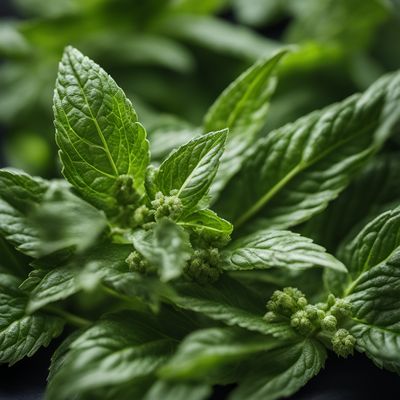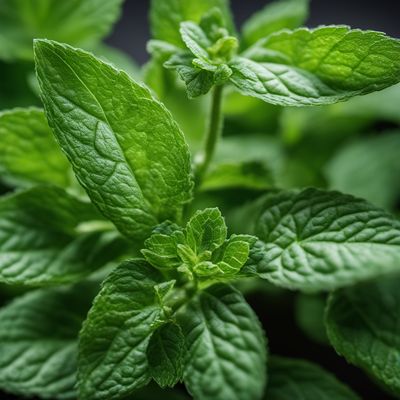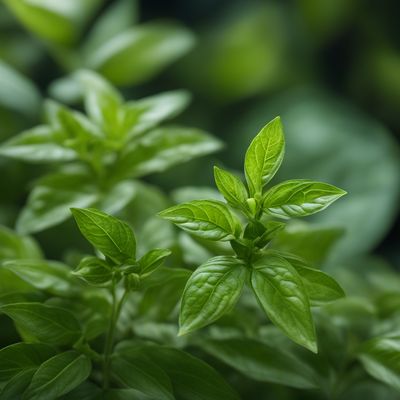
Ingredient
Asiatic pennywort
The Healing Herb: Unveiling the Wonders of Asiatic Pennywort
With its vibrant green leaves and delicate appearance, Asiatic pennywort is a herbaceous plant that thrives in moist, tropical regions. It boasts a mild, earthy flavor with subtle hints of bitterness, and its tender leaves offer a crisp yet tender texture. The plant's appearance resembles a small umbrella, with slender stems and rounded leaves that grow in clusters.
Origins and history
Asiatic pennywort has a rich history that spans across various cultures. Originating in the wetlands of Asia, particularly in India, Sri Lanka, and Southeast Asia, it has been used for centuries in traditional Ayurvedic and Chinese medicine. It was believed to possess rejuvenating properties and was used to treat various ailments, including skin conditions, digestive issues, and mental fatigue.
Nutritional information
Asiatic pennywort is a nutritional powerhouse, packed with essential vitamins and minerals. It is a rich source of vitamin C, vitamin A, and antioxidants, which help boost the immune system and promote healthy skin. Additionally, it contains beneficial compounds like triterpenoids and flavonoids, known for their anti-inflammatory properties.
Allergens
There are no known allergens associated with Asiatic pennywort.
How to select
When selecting Asiatic pennywort, look for vibrant, fresh leaves that are free from discoloration or wilting. The leaves should be firm and crisp to the touch. If purchasing from a farmers market, choose organically grown pennywort to ensure the absence of pesticides or chemical residues.
Storage recommendations
To maintain the freshness and quality of Asiatic pennywort, store it in a plastic bag or airtight container in the refrigerator. It can stay fresh for up to a week when properly stored.
How to produce
Asiatic pennywort can be easily grown at home by planting seeds or young plants in a well-draining pot or garden bed. It thrives in moist soil and prefers partial shade. Regular watering and occasional fertilization will help promote healthy growth.
Preparation tips
Asiatic pennywort can be enjoyed raw in salads or used as a garnish for various dishes. It can also be lightly steamed or sautéed to soften its texture and mellow its flavor. Incorporate it into stir-fries, soups, or herbal teas for a refreshing twist. To maximize its nutritional benefits, consume it shortly after preparation.
Culinary uses
Asiatic pennywort is commonly used in Asian cuisines, particularly in Thai, Vietnamese, and Sri Lankan dishes. It is often added to salads, spring rolls, and noodle dishes for its fresh and vibrant flavor. In traditional Ayurvedic cooking, it is used in herbal tonics and soups for its medicinal properties.
Availability
Asiatic pennywort is commonly available in tropical regions, including India, Sri Lanka, Thailand, Vietnam, and other Southeast Asian countries. It can also be found in specialty Asian grocery stores or online.
More ingredients from this category » Browse all

Hoary basil
The Aromatic Herb: Hoary Basil

Holy basil
The Sacred Herb: Holy Basil

Lesser calamint
The Mediterranean Herb Wonder

Mints
The Refreshing Herb

Lemon basil
The Zesty Herb: Unveiling the Delights of Lemon Basil

Vietnamese mint
The Zesty Herb

Rice paddy herb
The Fragrant Gem

Lizard tail
The Enigmatic Delicacy: Lizard Tail

Thai basil
The Fragrant Herb: Thai Basil

Chinese mesona
The Cooling Elixir

Lemon balm
The Zesty Herb: Lemon Balm

Basil
The King of Herbs